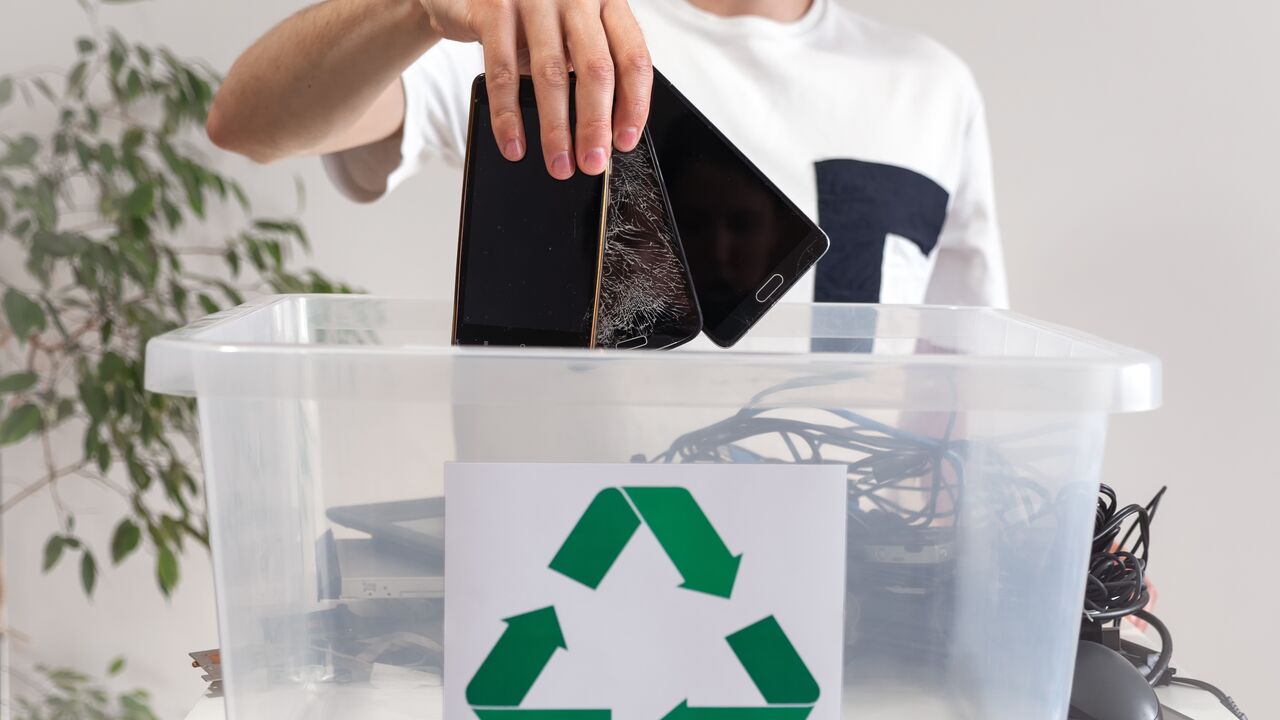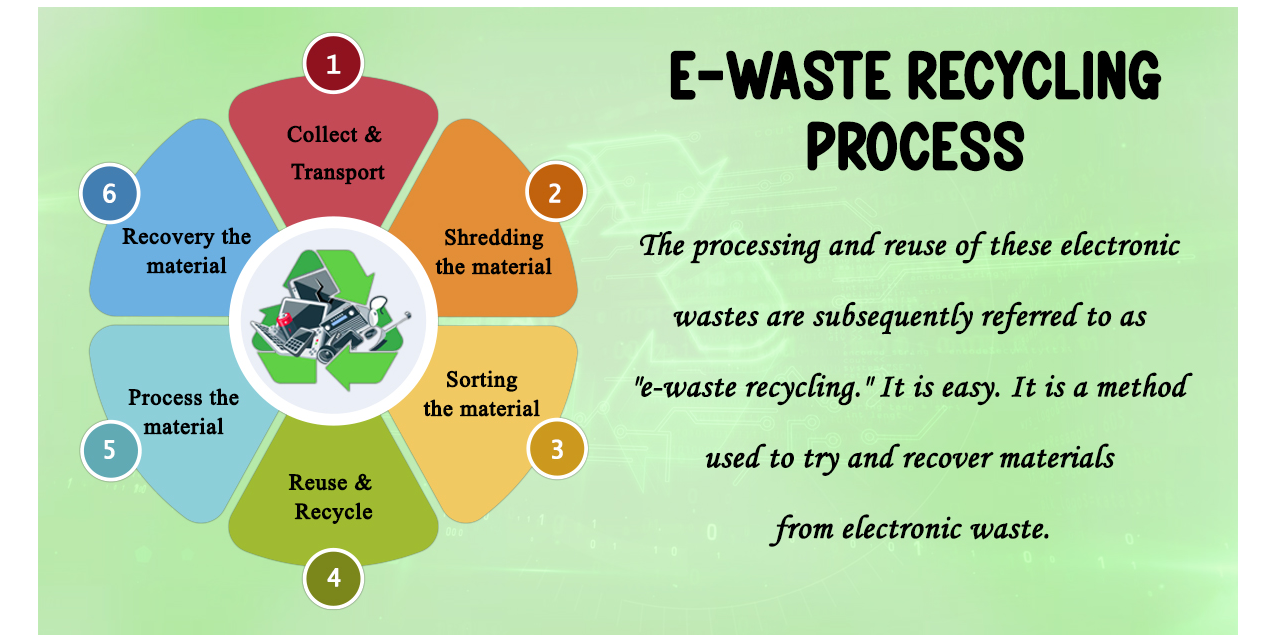Not known Factual Statements About Recycling Lives Services
Not known Factual Statements About Recycling Lives Services
Blog Article
Recycling Lives Services for Beginners
Table of ContentsRecycling Lives Services Fundamentals ExplainedThe smart Trick of Recycling Lives Services That Nobody is DiscussingGetting My Recycling Lives Services To WorkGetting My Recycling Lives Services To WorkThe Only Guide for Recycling Lives Services

Furthermore, all Oxfordshire neighborhood authorities approve vapes and e-cigarettes as a separate kerbside collection. How they are collected in each area differs slightly; inspect you have the appropriate details for your area.
Portable batteries the kind you find in small handheld tools can also be reused at the kerbside yet not inside any of your containers. Bigger stores that sell batteries likewise have collection factors for recycling old batteries.
Unknown Facts About Recycling Lives Services
Older-style filament or halogen light bulbs can be disposed of in your general rubbish container at home. Some DIY shops additionally have collection points for light bulbs.

The Ultimate Guide To Recycling Lives Services
Electrical items are broken down into separate pasts so that the various materials they are made up of can be removed and recycled. Waste reusing centres are for use by homeowners only and can not accept waste from commercial sources. Small businesses and investors have a task of care under this system, which means they also need to follow the WEEE guidelines.
E-waste, digital waste, e-scrap and end-of-life electronics are terms typically used to explain used electronic devices that are nearing completion of their helpful life, and are discarded, donated or provided to a recycler. The UN defines e-waste as any type of thrown out products with a battery or plug, and features poisonous and hazardous materials such as mercury, that can present serious danger to human and environmental wellness.
Some Of Recycling Lives Services
Just 17.4% of this digital waste, including a combination of damaging materials and precious products, will be recorded as being effectively gathered, treated and reused - https://recycling-lives-services.jimdosite.com/. Numerous campaigns are taken on to tackle this expanding problem, however none can be totally effective without the active duty and correct education and learning of customers

Mining disposed of electronic devices creates 80% less discharges of carbon dioxide per unit of gold compared with mining it from the ground. In 2015, the removal of raw products represented 7% of the world's power consumption. This means that moving towards using more second resources in digital goods can assist considerably within the targets laid out in the Paris Contract on environment change.
Recycling Lives Services Can Be Fun For Anyone
When the carbon dioxide released over a gadget's life time is considered, it mostly occurs throughout manufacturing, prior to consumers acquire an item. This makes reduced carbon procedures and inputs at the production phase (such as usage recycled raw materials) and item lifetime vital components of overall ecological influence.
Also in the EU, look at here now which leads the world in e-waste recycling, just 35% of e-waste is officially reported as properly accumulated and recycled. The absence of recycling weighs heavily on the global digital sector and as devices become a lot more many, smaller sized and more complicated, the problem rises.
The staying mass of e-waste mostly plastics tied with steels and chemicals poses an extra intractable trouble. A new vision for the production and usage of digital and electrical items is required. It is very easy for e-waste to be framed as a post-consumer problem, however the issue includes the lifecycle of the tools everyone makes use of.
Report this page